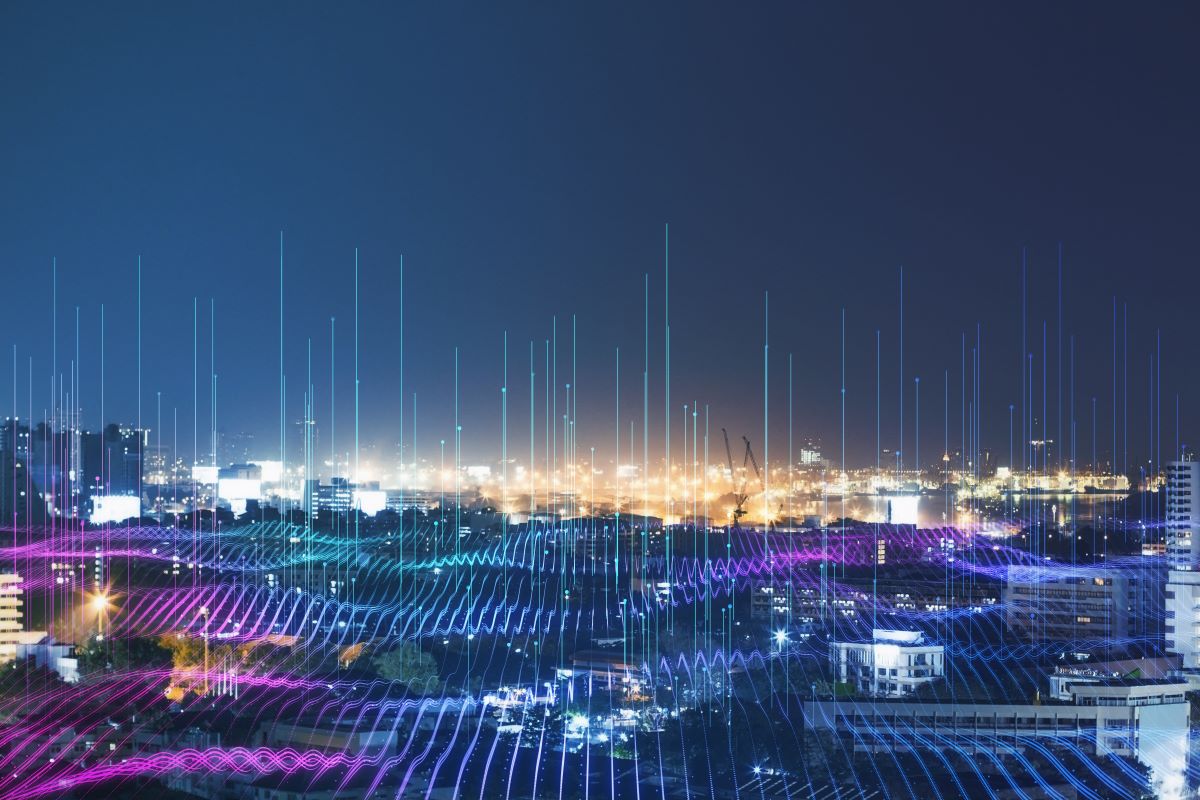Urban Regeneration in the Virtual World with 3D Tiles’ Artificial Intelligence
Google’s platform to support urban planners in redesigning the cities of the future
Urban regeneration in the virtual world, to redesign the cities of the future, is now possible with 3D Tiles, Google’s platform for reproducing three-dimensional and photorealistic maps of more than 2,500 cities worldwide and adapting them to various geo-referenced data. Everything is under control: traffic maps, ground temperature, the presence of greenery or the shading of a building. Artificial intelligence comes to the aid of urban planners who are committed to redesigning the spaces in which we live according to criteria of sustainability and innovation.
3D Tiles is nothing more than the natural evolution of Google Earth, software capable of creating photorealistic maps through map tile APIs. What it offers is a seamless model of the real world, with each 3D tile framing a single city block at an urban scale. It currently covers more than 2,500 cities in 49 countries, essentially at the click of a button, and the images can be reused for a variety of purposes.
As Google itself points out, transforming the real world into a 3D model takes months, if not years, of image acquisition to ensure that the final design reflects reality. The world we live in is highly complex, so testing solutions to a problem in the virtual world first and then implementing them in the real world saves time and, more importantly, gets the job done immediately.
A digital twin of a city or even a single building can calculate billions of possible solutions in seconds, without the risk of making a mistake that would affect the people who live there. Testing the Map Tiles API is free, at least during the experimental phase. The Map Tiles API also provides developers with limited access to the Google Maps Platform’s 2D road map, satellite and terrain map tiles, and Street View map tiles for non-JS applications. You can view the documentation and demo (links below).





